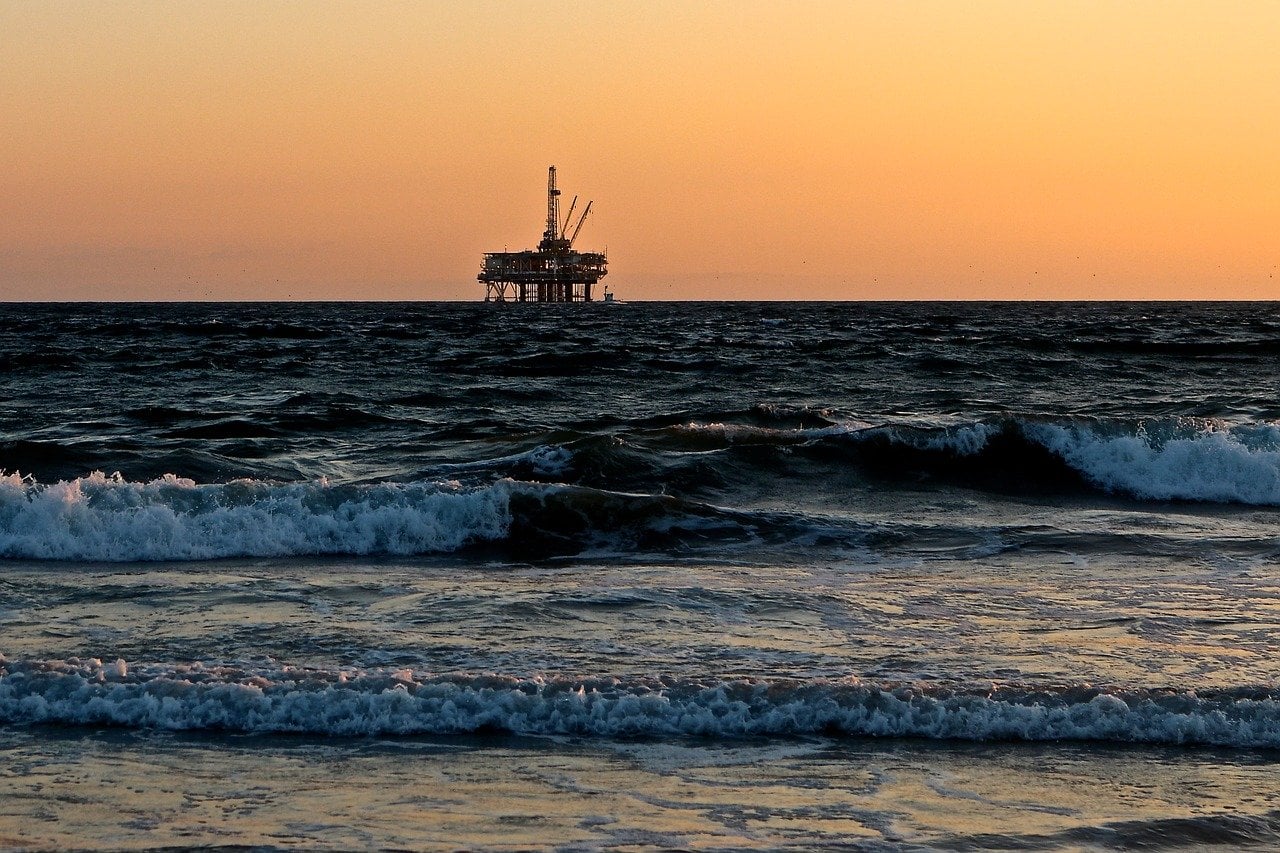The coronavirus outbreak has been a disaster for oil prices. The prices have continued to move downward over the past few months, owing partly to the outbreak and partly to political reasons. However, on Monday, something happened that was never been seen before, oil prices were negative. Yes, you heard it right, coronavirus pushed oil prices to below zero. A below zero oil price, however, does not mean that you will get the oil for free. Here’s what a below zero oil price means for you.
Negative oil price: how?
Before we detail what a zero oil price means for you, let us understand the factors that forced the oil prices to such a level. Since everyone (almost) is staying at home, it has resulted in a sharp fall in U.S. gasoline consumption. This, in turn, led to excess supply, driving both oil and gasoline prices down.
Since the storage required to store this excess supply is filling up fast, it has partially resulted in the negative oil price on Monday. Digging deeper, the price drop was the result of oil market dynamics, specifically the futures contracts.
“With the expiration of the futures, and program trading and the like, prices can run amok,” said chief oil analyst for the Oil Price Information Service, Tom Kloza, according to CNN. “Today that ecosystem ran amok.”
Traders were trying to do anything to avoid taking delivery of the actual oil, because they don’t actually need it, nor is there space to store it with the world’s crude tanks, pipelines and supertankers already almost filled.
Now let’s talk about what this negative oil price means for you. A point to note is that crude prices have a direct impact on retail gasoline prices. However, crude is not the best estimator of the retail gasoline price. Instead, it is the wholesale gasoline prices that decide the amount that you will pay at the gas stations.
Below zero oil price: what it means for you?
On Monday, the gasoline futures did not witness the same steep movement as oil futures. Rather, it was down only a few cents, and was actually at twice the trading price seen last week.
In fact, even wholesale gasoline futures do not fully determine the price at the gas stations, which have contracts that also contribute to defining the price. However, these contracts do factor future prices.
Moreover, even after factoring in the wholesale gasoline prices, the gas stations need to consider many other costs to come up with the final price that you need to pay.
Last year, the U.S. Energy Information Administration estimated that the average transportation and marketing cost per gallon were 39 cents when the full-year average stood at $2.60 a gallon. In addition to the transportation and marketing cost, refining costs and profits constituted another 34 cents on average.
There are taxes as well, including federal gasoline taxes of 18 cents a gallon. States taxes vary from state to state, but on average, they are 36 cents a gallon. So, the total tax on a gallon is about 54 cents. Along with these costs, the prices also include a profit margin. Nowadays, many station owners have raised the profit margin by a few cents each gallon to compensate for the steep drop in demand.
So, owing to these reasons, you will still have to pay something for the gasoline even though you could have technically bought a whole barrel of crude oil on Monday for nothing.
Rising pressure on Trump
On Monday, the West Texas Intermediate (WTI) futures, ended the day with a drop from $17.85 a barrel to minus $37.63. The West Texas Intermediate futures have been the benchmark for the U.S. oil industry for decades.
The negative or the below zero oil price, however, did not continue for long. A rebound was seen early today, but the gains were limited due to the concerns of oversupply of crude.
Experts see the below zero oil price a rare glitch as traders prepare for the expiry of the contracts, which have a May delivery. Apart from this, other oil benchmarks moved as per the expectations. For instance, WTI for June delivery was at $20 a barrel, while Brent futures, the benchmark for Europe in London, dropped sharply on Monday, but was still above $25 a barrel.
However, Monday’s below zero oil prices revealed that coronavirus, the biggest pandemic that the world has seen, can have an unprecedented impact on the world’s most important commodity.
This price collapse came even when OPEC+ announced a 10% cut in the global production last week. Such a move was welcomed by U.S. President Donald Trump. The negative or dropping oil prices puts more pressure on Trump and the U.S. oil industry. Pressure is rising on the Trump administration to increase tariffs on foreign oil to save the domestic shale industry.
Trump, in his daily White House briefing, referred to the negative price as a “short-term problem”. Further, he said that the U.S. is filling its strategic reserves, adding “If we could buy it for nothing, we’re gonna take everything we can get.”





